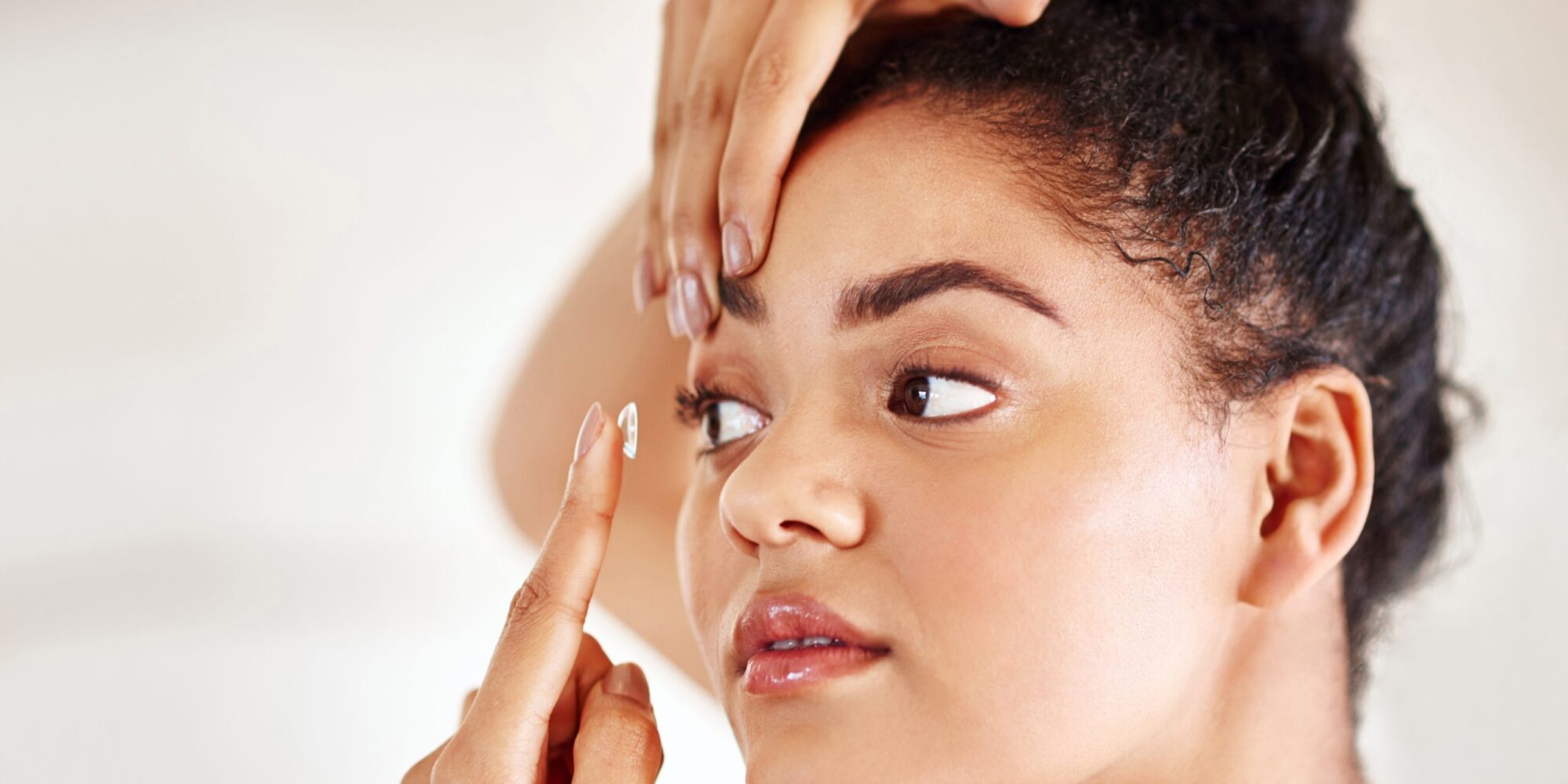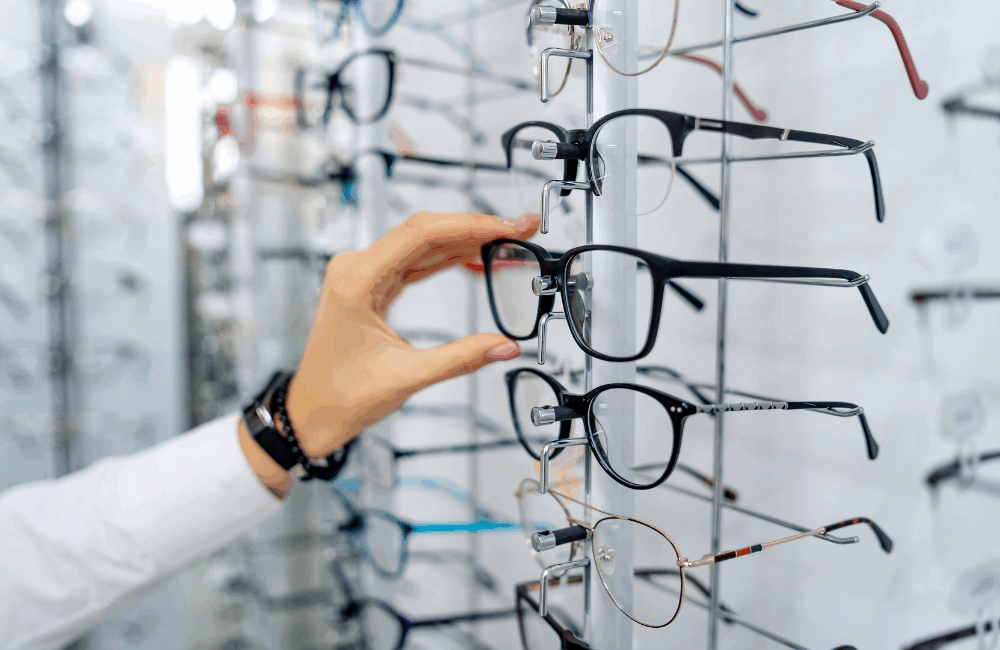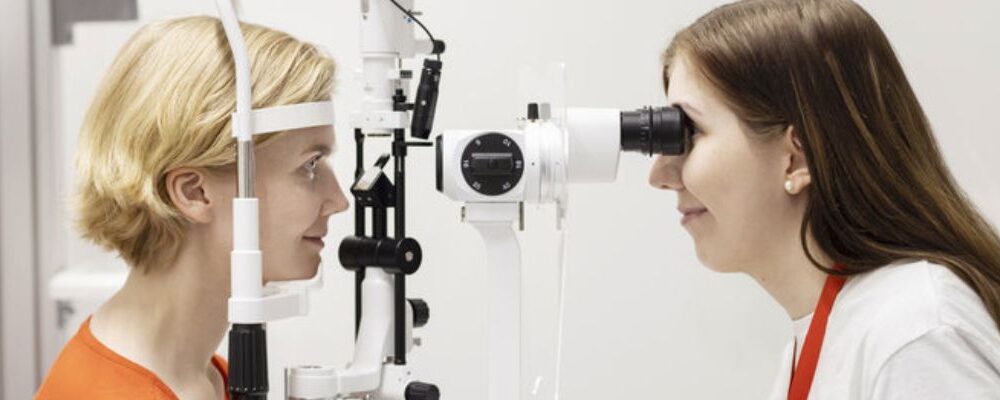
Elsevier on julkaissut artikkelin The COVID-19 pandemic: Important considerations for contact lens practitioners (Lyndon Jones, Karen Walsh, Mark Willcox, Philip Morgan, Jason Nichols), jossa selvitetään piilolinssien käytössä ja sovituksessa huomioitavia terveys- ja hygieniaseikkoja koronapandemian aikana.
Lataa koko artikkeli täältä: The COVID-19 pandemic: Important considerations for contact lens practitioners (Lyndon Jones, Karen Walsh, Mark Willcox, Philip Morgan, Jason Nichols)
Abstract
A novel coronavirus (CoV), the Severe Acute Respiratory Syndrome Coronavirus – 2 (SARS-CoV-2), results in the
coronavirus disease 2019 (COVID-19). As information concerning the COVID-19 disease continues to evolve,
patients look to their eye care practitioners for accurate eye health guidance. There is currently no evidence to
suggest an increased risk of contracting COVID-19 through contact lens (CL) wear compared to spectacle lens
wear and no scientific evidence that wearing standard prescription spectacles provides protection against
COVID-19 or other viral transmissions.
During the pandemic there will potentially be significant changes in access to local eyecare. Thus, it is imperative
CL wearers are reminded of the steps they should follow to minimise their risk of complications, to
reduce their need to leave isolation and seek care. Management of adverse events should be retained within
optometric systems if possible, to minimise the impact on the wider healthcare service, which will be stretched.
Optimal CL care behaviours should be the same as those under normal circumstances, which include appropriate
hand washing (thoroughly with soap and water) and drying (with paper towels) before both CL application and
removal. Daily CL cleaning and correct case care for reusable CL should be followed according to appropriate
guidelines, and CL exposure to water must be avoided. Where the availability of local clinical care is restricted,
practitioners could consider advising patients to reduce or eliminate sleeping in their CL (where patients have
the appropriate knowledge about correct daily care and access to suitable lens-care products) or consider the
option of moving patients to daily disposable lenses (where patients have appropriate lens supplies available).
Patients should also avoid touching their face, including their eyes, nose and mouth, with unwashed hands and
avoid CL wear altogether if unwell (particularly with any cold or flu-like symptoms).


